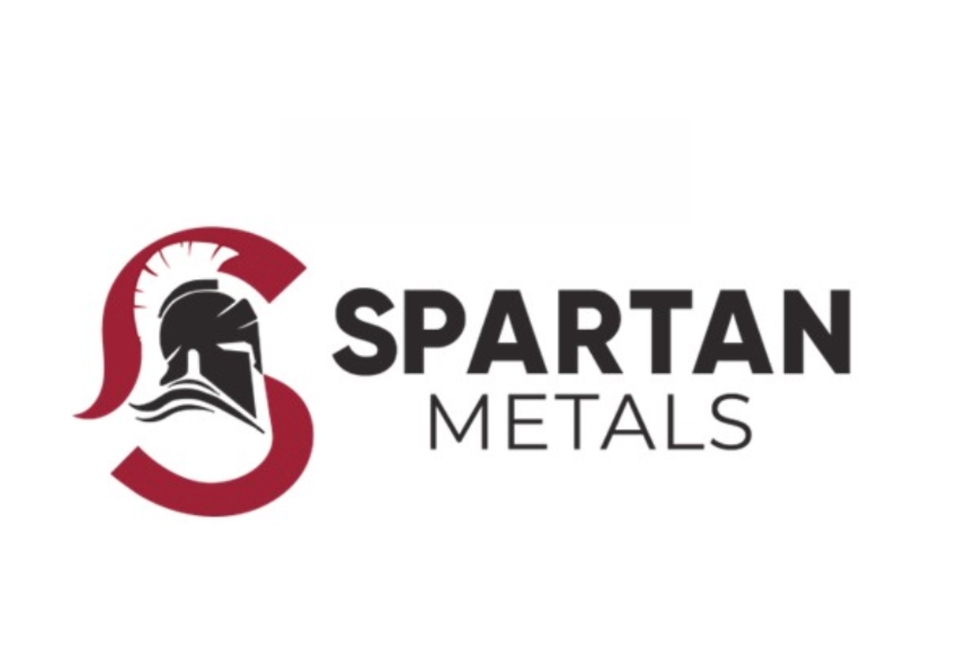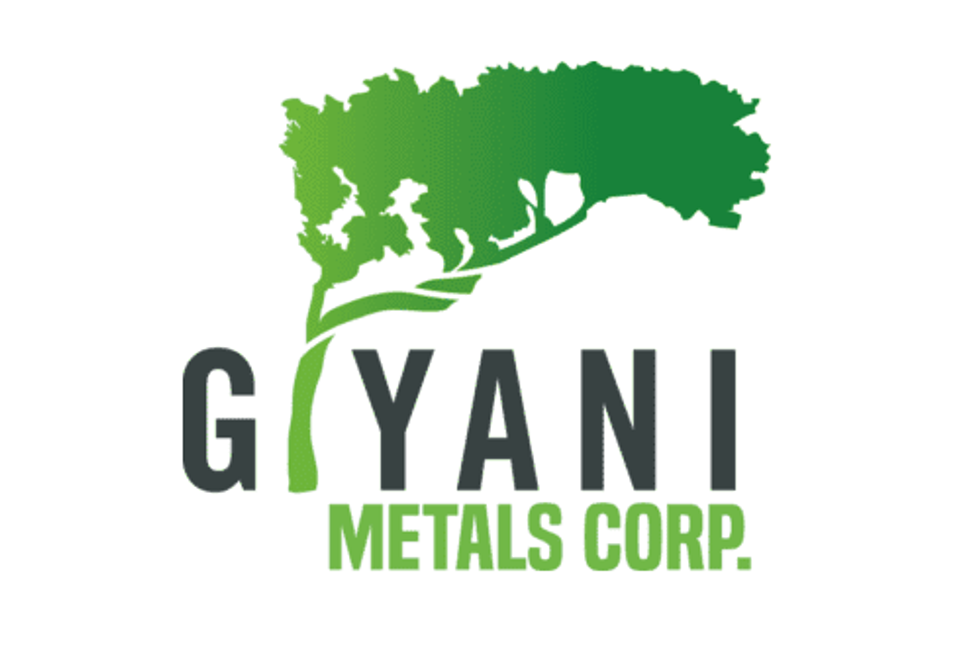Manganese Prices Decrease in China on Excess Inventory
Prices for March delivery of manganese in China have slipped due to fierce competition and excess inventory. The ramp up in manganese production in 2010 seems to have hit a ceiling in the short term. However, long term outlook shows increased demand for the metal going forward.
By Michael Montgomery—Exclusive to Manganese Investing News
The rebound in the steel market in 2010, mainly from increased output in China, helped manganese prices rebound from the lows of 2008. Steel production in China rose 11 percent, while world wide production rose 16 percent. As a result of the rebound in steel, manganese miners ramped up production to match the demand. However, it seems the excess supply of the manganese ore, and competition between firms has been counter productive.“Manganese ore with Mn 44% as a typical grade for China has come down to US$6.00 per Mn 1% CIF… reduced by 50 US-Cents per Mn 1% compared with that settled for February shipment,” according to an article on The TEX Report.
It seems that to ensure a market for manganese in China, the major miners have been in competition to sell to China, the world largest steel producer. The report added that stocks in Chinese ports have “come up to 3.40 million tons, which correspond to an excess of more than 3 months compared to that to be imported by China on a normal pace.”
This may be a result of the end of the typical buying period for China, “If you look at charts over the last few years, always September/October prices increase because the Chinese are buying until January,” reported Michael Taylor, for Reuters. Eramet, BHP Billiton, and Vale all increased production of manganese in 2010. This may be a factor in the excess supply in currently in China. Also the development of new manganese mines, with potential high tonnage yields may flood the manganese market in the coming years, unless new demand for the metal jumps.
Om Holdings Ltd (ASX:OMH) and its subsidiary, Jupiter Mines (ASX:JMS), are developing a new manganese deposit that could effect the market. Their Tshipi Borwa manganese deposit in South Africa, has the ability to produce “high grade ore with an annualized production capacity of 2.4 million tonnes and a minimum life of 60 years,” stated Peter Toth, CEO of OM Holdings. The size of this deposit alone will have a dramatic effect on supply, which is approximately 60 billon pounds/year or 13.6 Mt per year.
There are good signs that manganese demand will rise in the long run. Manganese demand is expected to rise at an average rate of 7.9 percent in the Asia region alone. In India, steel production is expected to rise 120 million tonnes by 2012 from about 70 Mt at present, resulting in the need for about 4.5 Mt of manganese ore. Steel demand in China s expected to rise as well, just not as high as the double digit figures seen over the last few years.
New markets
New markets for manganese will also add a new demand in the future that the market has not seen previously. Manganese is being used in lithium batteries as a substitute for cobalt. The result is a high energy density battery with a long shelf life that is more cost effective to produce. These batteries may someday replace lithium-ion batteries in mobile electronic devices and hybrid/electric vehicles.
“Batteries constitute the fastest growing end-use segment. Consumption of manganese in the end-use is projected to surge at a CAGR of more than 5.0% over the analysis period,” according to a report from Global Industry Analysis.
In the US, President Obama has called for one million electric vehicles to be sold by 2015. The proposals in China are much the same, expecting one million electric vehicles sold by 2020. Without a dramatic expansion of battery technology, including expanding the range and the reducing charge-time for these vehicles, the proposal will go nowhere.
While in the short term prices for manganese seem to be dropping on excess inventory in China, the long term outlook for manganese is strong on the back of increased steel demand and new markets such as battery technology.



